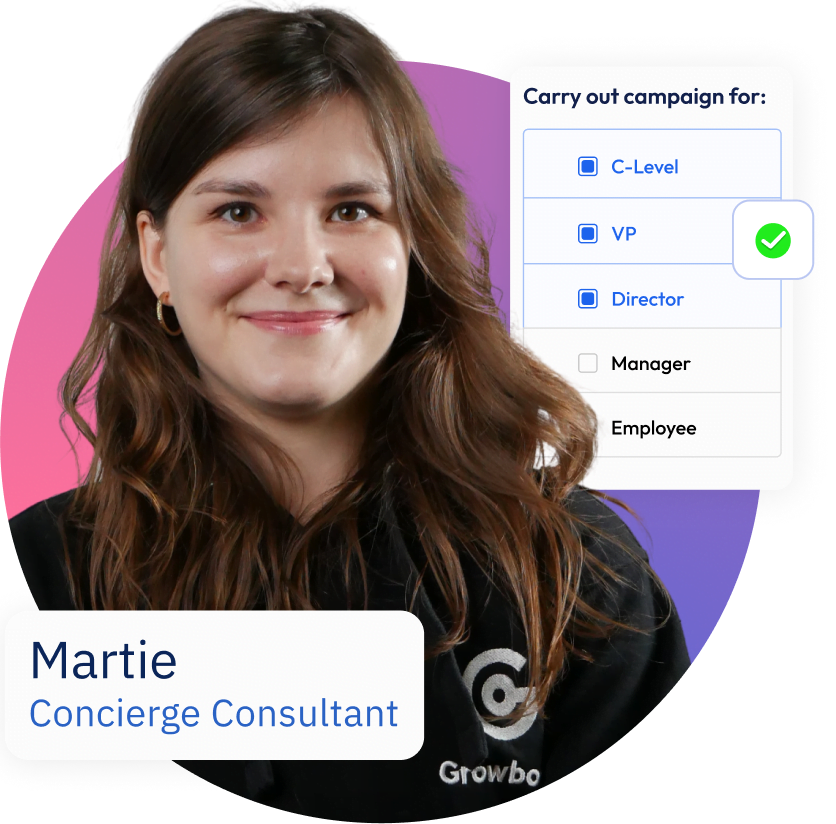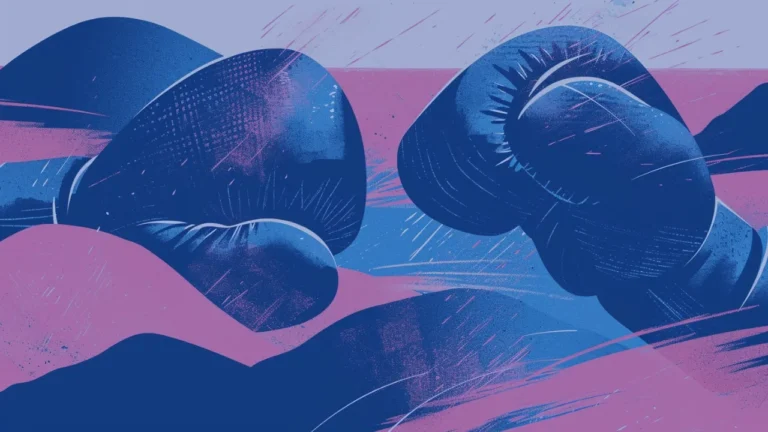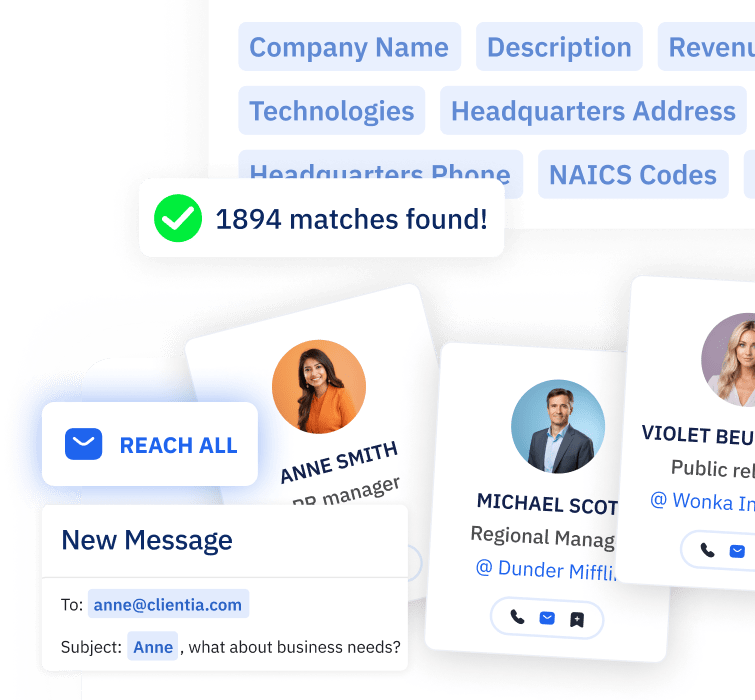Sales is at the heart of any business.
We’ve all heard it before: you can have the best product in the world, but if your sales team sucks, you’ll get nowhere. Great products don’t sell themselves (unless they’re Apple products), great salespeople do.
Recruiting top talent requires tremendous effort, but it’s worth it (we covered the topic on how to build a SDR team in a different article).
Keeping top talent is even more difficult than recruitment because talented people are demanding!
You have to make sure they stay motivated, that they continuously learn and see a purpose in what they do.
Becoming a sales development representative (SDR) is often a starting point in a sales career. Which often means that SDR’s are young.
Our sales development team is made of people aged between 20-25 years old.
They’re all students; smart, driven, with endless energy which makes them perfect sales development reps. Like most salespeople, they work hard and play hard.
Our SDR team is able to schedule 500 demos a month…that’s a lot! It’s our job to make sure they’re happy so they stay with us as long as possible.
Especially, knowing that an average SDR tenure is 1.4 years.
To be able to keep your sales reps happy, you have to be aware of the challenges they face on a daily basis, so you can prevent or at least quickly react to any potential problems.
We discuss them in detail below as well as propose viable solutions that will help you overcome them in case they occur in your sales team.
Seek, pick, and reach
Connect with your potential customers
- 180m+ contacts
- Advanced filtering
- Multichannel sequences
- CRM integrations
11 SDR Challenges You Should Be Aware Of (and How to Solve Them)
1. High-performance expectations
One of the challenges that sales development reps face is high-performance expectations. They have very specific targets, for example, getting 50 sales qualified leads in a month.
Unless you have a very experienced SDR, setting such a goal will leave your sales development rep clueless.
It’s like arriving at a destination you have never been to before and trying to find a hotel that you booked without a map (and no taxis around). A pretty stressful and annoying experience!
Solution: You need to create a roadmap – a path to success, call it whatever you like. Your SDR’s have to know what steps they have to take to reach their ultimate goal – getting 50 SQL’s. This involves:
- Finding prospects
- Scheduling emails
- Monitoring replies, etc.
Each step must be assigned a metric, i.e. to get 50 SQL’s, how many prospects they have to find, how many emails they have to send, etc. The more detailed the roadmap, the better. Focus on the small steps – divide the metrics into daily milestones so they are easier to achieve.
Additional tip: make sure that your lead qualification process is not only in place but also well-understood by each member of your SDR team. This way, you will ensure that the outbound leads they are bringing are of value to your business.
2. Financial uncertainty
In most companies, the salaries of sales development representatives are directly linked with their performance and their impact on the business’ sales pipeline.
Sometimes, it can mean that if a SDR is even one lead away from his or her target, their commission is ruined.
Such situations are demotivating and can cause an emotional rollercoaster, especially for a young person who is only just starting out their career.
Solution: While a performance-based commission is a standard practice in the sales world, there are ways you can organize it that will keep the morale among your SDR team high.
For instance, instead of an “all-or-nothing” approach, you can introduce different ranges to your commission policy. This way, your team will feel motivated and reassured.
Let’s take the previously mentioned 50 SQLs as an example:
| Target goal | Status | Commission | ≥ 50 SQLs | Achieved or overachieved | x |
|---|---|---|
| 49-45 | Almost achieved | y |
| 44-30 | Almost achieved | z |
| <30 | Not achieved | no commission |
3. Lack of coaching
Coming back to the topic of a roadmap – let’s say you have it ready. Can you just sit back, relax and wait for the money to come? Nope.
Do your sales reps feel supported? This is a question you should ask yourself as well.
The SDR role is a demanding one and a lack of coaching is a challenge that many sales development reps face. They are not robots, they cannot be programmed to continuously achieve high results.

Although they know how to achieve a goal, and what’s expected of them, sometimes they fail to do it, they are just humans.
However, if they stop achieving desired results, they will get demotivated and will leave eventually.
Somebody smart once said that: people leave their bosses, not organizations… so be a good boss.
Solution: Monitor performance and try to spot any performance decrease as soon as possible.
Organize 1 on 1 meetings to discuss what has gone wrong; why didn’t they achieve their target?
Have a look at the roadmap, analyze the process step by step, maybe they got the targeting wrong, or their email content wasn’t top notch.
Whatever the reason, give them feedback and show them how to improve.
It’s a good idea to share best practices within the team. We’re sure you have some high performers in yours.
4. Lack of feedback loop
Sales development reps to do their jobs well must receive regular feedback from Account Executives. SDR’s want to know if their efforts paid off, how the scheduled demos went.
Not solely for the purpose of satisfying their curiosity, but rather to find out what they should do to improve their effectiveness.
What was the reason someone bought or didn’t buy the product?
Maybe they can better tailor their campaign messaging or adjust their target audience.
Solution: You have to establish a clear communication channel (and a process) between your SDR’s and AE’s.
They should communicate regularly and among other, discuss the sales meetings that AEs had with the leads generated by the SDRs.
Otherwise, deals will be lost. There are many ways to improve the communication flow between those teams. You can read more on the SDR-AE cooperation here.
5. No marketing-sales alignment
In a perfect world, sales and marketing would be best buddies! They would regularly exchange information and cooperate on lead nurturing.
Unfortunately, in the real world, more often than not these two departments hardly collaborate with each other, even though they actually have the same goal: to acquire new customers.
This lack of communication is detrimental to both sales and marketing.
If marketing received feedback from SDR’s regarding effectiveness of their outbound campaigns then marketers would be able to better tailor their messaging in their marketing communication.
Plus it would improve the effectiveness of inbound campaigns.
More sales qualified leads = happier Sales Development Reps.
Solution: Push for creating a lead nurturing process.
Agree on when marketing leads should be transferred to sales development reps, who does lead screening, and who decides which inbound leads become SQLs.
What happens with SQL’s which were not ready for a demo?
Providing answers to these questions will help you make the most of your leads, and hopefully improve the performance of both departments and result in increased sales pipeline.
6. Burnout
This won’t come as a surprise to you, the sales development job is monotonous – let’s face it. Monotonous jobs often lead to burnout.
Highly target focused roles are stressful as a lot of pressure is put on delivering results continuously.
Solution: Pay them fairly. The SDR role is a very important one so celebrate small wins, and offer your SDR’s small rewards, like tickets to see a basketball game or whatever makes them excited.
Give them the freedom to experiment so they can use a bit of creativity, and take credit for the ideas that worked.
Be wise though, it has to be structured – a controlled experiment, to avoid chaos.
You can involve your SDR’s in the creation of the sales development process in your company – since they do the job, they’ll surely have lots of bright ideas.
You might consider setting up a promotion system – junior SDR, senior SDR, team leader etc. to keep them motivated.
Seek, pick, and reach
Connect with your potential customers
- 180m+ contacts
- Advanced filtering
- Multichannel sequences
- CRM integrations
7. Dealing with rejection
Sending large cold email volumes or cold calling in scale will most likely be met with some rejection. And we all know too well how cruel people can be.
Sales Development Representatives are at a disadvantage, as no matter how much they would like to come up with a witty comeback they have to stay calm.
Solution: Although dealing with rejection is tough, it’s part of their job. So instead of focusing on negative responses, you should remind them about all the positive replies they have received.
Always look on the bright side of life (remember that song?).
Plus, there is a lot to be learned from negative responses, as long as they’re constructive and not simply rude.
8. Lack of appropriate tools
We mentioned earlier that being a Sales Development Representative is monotonous, primarily due to task repetition. They spend a significant amount of time on… guess what? Prospecting! It is recommended that SDR’s spend around 30-40% of their time on finding prospects.
Don’t get me wrong, we all know how important prospecting is, it can make or break your outbound sales process. After all, effective outbound sales starts with finding people potentially interested in buying your product or service.
Regardless of how crucial prospecting is, there are ways to make it more efficient and less time-consuming. Your SDR’s need more time to focus on talking to prospects and scheduling meetings/demos.

Solution: Provide your sales reps with tools they need to do their jobs effectively. Prospecting can be automated, it’s a process that shouldn’t take most of your sales people’s time.
We’re not talking about buying contact lists – bought lists are often out of date.
Using them will eventually frustrate your SDR’s, since a big bounce rate will have a negative impact on their performance. Tools like Growbots can take care of prospecting.
Growbots doesn’t just provide you with a tailored prospect list instantly (based on specific targeting criteria), it also automates prospect outreach.
However, the beauty of it lies in machine learning, with every campaign you send, we learn more about your perfect target audience.
What does it mean to you?
That every new prospect list you generate in Growbots will even better match your ideal customer profile.
This will not only improve your outbound sales results, but it will provide your SDR’s with a massive motivation boost.
So… do your Sales Reps a favor and get them Growbots, or at least schedule a demo to check what you are missing.
Not having enough tools is as bad as having a tool overload. Especially when they don’t integrate with each other. Making sure that your outbound sales platform integrates with your CRM is key!
Growbots bi-syncs with Salesforce, which means that whatever you do in Growbots will be reflected in your Salesforce.
One of our customers said that they bought Growbots to provide their employees with a tool they couldn’t do without. Basically, to stop them from leaving the company. After hearing this I went “WoW!”. This is the right approach to follow.
9. Too many tools
As we just wrote above – a tool overload can be just as bad as lack of proper sales instruments. Jumping from one platform to another is time-consuming and slows down the process.
Solution: Try to find the most versatile platforms that will complement each other and make the day-to-day job of your sales development reps easier.
Again, Growbots is one of these tools – thanks to its all-in-one aspect, your SDRs will be able to prospect and reach out to your potential customers in one place.
10. Uncertainty about their career path
Another challenge that at least some sales development representatives face is not knowing what career path they want to follow.
And that’s perfectly fine; they are young, some of them have just graduated, some are still studying.
A lot of sales reps will progress into account executive roles as it seems like a natural career move.
However, there will be SDR’s who won’t be interested in pursuing a career in sales. Not knowing what they want to do next might lead to anxiety and demotivation.
Solution: Let your sales reps know that they do not have to stay in sales if they do not want to. Leave the door open to pursuing other options.
Being an SDR is a great way to familiarize yourself with the business, they could potentially go into marketing if they wanted to. Apparently, the best marketers have some sales experience, which isn’t surprising. Nobody knows customers as well as salespeople.
11. Lack of innovation
Last but not least, a big aspect that can have a negative impact on people working in sales or sales development is lack of innovation within the organization they work for.
A lot of companies stick to their old ways instead of seeking innovative solutions that could improve the sales process, resulting in increased efficiency and performance of their teams.
This problem can take different forms: from using outdated software to constraining the SDR teams to only traditional sales approaches like email outreach or cold calling.
Solution: Keep an open mind to new trends and tools which appear on the market.
For instance, allow your SDR team to try out social selling to support their day-to-day activities like email outreach or cold calling or invest in modern tools that can increase their productivity and the quality of generated SQLs.
Conclusions
Sales development representatives are the face of your company. The first impression your company makes is through them, so it is crucial that they are motivated and well equipped for the job.
Hopefully the solutions we discussed above will help you overcome any troubles your SDR team might be facing.

Aleksandra Kwiatkowska
Sales Development Representative at Growbots
























